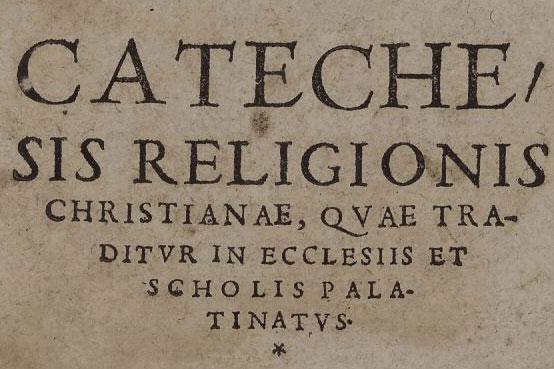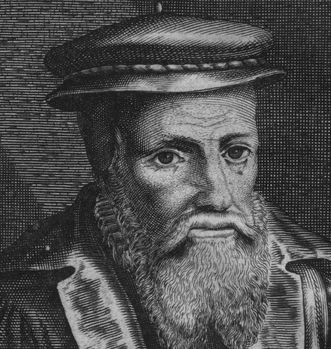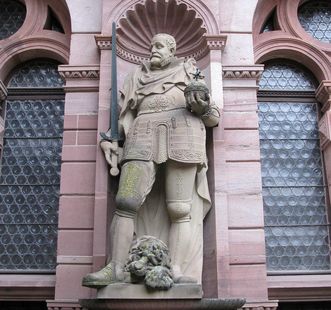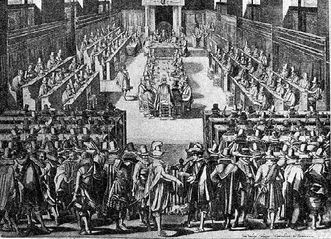A unified doctrine for the Electoral Palatinate
With his commissioning of Zacharias Ursinus, a student of Phillipp Melanchthon, Prince-Elector Friedrich III initiated the drafting of the "Heidelberg Catechism." It was his intention that this would further his predecessor's reformation efforts. Simultaneously, he hoped to reconcile the conflict in the Electoral Palatinate surrounding the various reform movements through a unified doctrine. The first edition appeared in the spring of 1563 entitled "Catechism or Christian instruction, as practiced in the churches and schools of the Electoral Palatinate."







